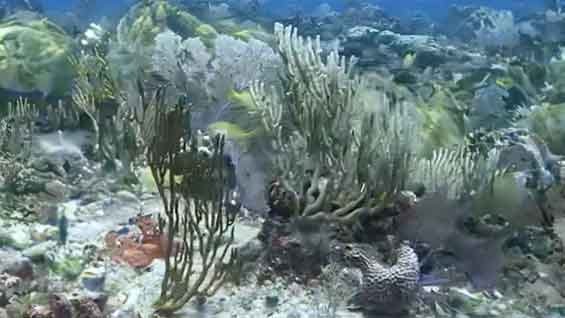
Reef Rescue: A Teen’s Observations on Coral Conservation
Reef Rescue: A Teen’s Observations on Coral Conservation https://www.globalclimatefinanceaccelerator.com/wp-content/uploads/2024/08/aug-20.jpg 565 318 Global Climate Finance Accelerator Global Climate Finance Accelerator https://www.globalclimatefinanceaccelerator.com/wp-content/uploads/2024/08/aug-20.jpgIn my previous post, I highlighted the various threats to coral reefs, urging readers to educate themselves and others about the gravity of reef destruction. Worldwide, approximately 14% of coral has already been lost, which will only increase if we continue to do things as we always have. In the Mesoamerican Reef, located on the coasts of Mexico, Belize, Guatemala, and Honduras, 44% of the durable boulder coral population had perished as of 2022, ultimately leading to a decline in coastal protection and marine life populations.
By 2019, 45% of the coral colonies in the national marine park of Puerto Morelos were dead or dying. Through GVI’s in-country partnership on coral restoration, I had the opportunity to visit a land-based coral-and-crab nursery in Puerto Morelos, where I learned about cloning and assisted fertilization. I was able to observe a multitude of developing corals, as well as several tanks farming young crabs that will eventually be nurtured onto the reef.
Scientists are trying to restore these vital ecosystems by developing coral nurseries. Within these nurseries, corals are encouraged to grow and reproduce at more rapid rates than in the wild so that they can eventually be replanted on the existing reef. Nurseries can be either field-based, occurring in the ocean and accessible via diving, or land-based, occurring in above-ground laboratories. Both methods of farming coral have their pros and cons. While field-based nurseries are relatively cost-efficient, they are vulnerable to negative environmental changes. Land-based nurseries, on the other hand, are protected against harsh environmental conditions, but are also expensive and require more advanced technology to operate.
At the lab I learned that, unlike most animals, corals reach reproductive maturity depending on their size rather than their age, which is why a main objective of the nurseries is to allow the invertebrates to reach a larger size in a shorter increment of time. The more quickly we can grow corals, the easier it will be to form reproductive colonies to help support the reef. Corals can reproduce both asexually and sexually, though the farms typically have them undergoing a method of asexual reproduction known as fragmentation. In the wild, fragmentation occurs when a coral branch is broken off a colony, and, if conditions are favourable, manages to reattach itself and form a new colony. This process is altered in the nurseries to allow the corals to grow faster. Larger corals are cut up into smaller pieces, triggering a growth response that results in numerous coral fragments growing altogether, sometimes even fusing with one another.
You can learn more about ongoing efforts to improve the Mesoamerican coral reef and fish health through the Healthy Reefs Initiative (HRI) and about coral restoration in general at the Coral Restoration Foundation.
I will share what I’m learning about responsible and sustainable tourism in my final post next week. Meanwhile, check out some of my photos and videos on Instagram @globaclimfin.
Nicole Zavagno is going into her final year of high school in Toronto, after which she aspires to study marine biology at one of Canada’s coastal universities. She is a PADI open water certified diver and training to be a lifeguard.
